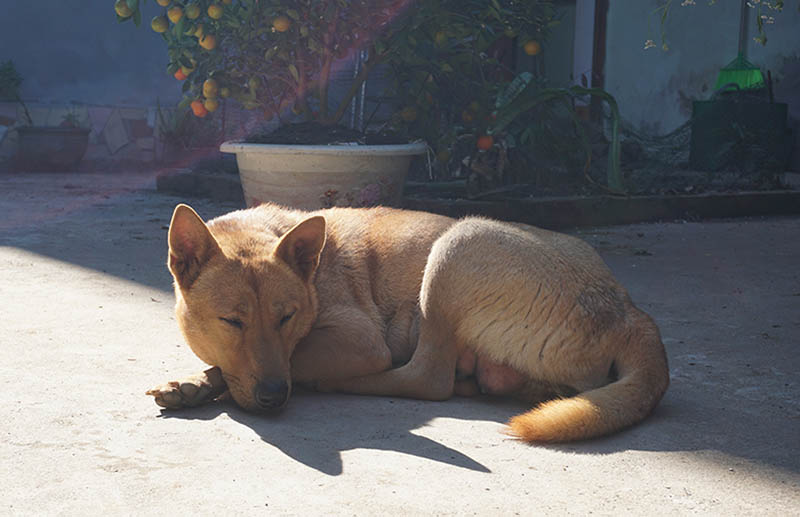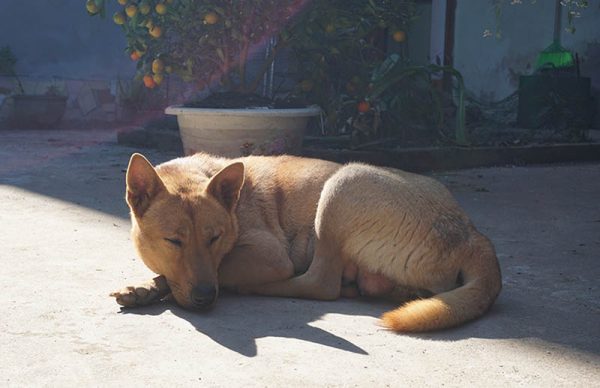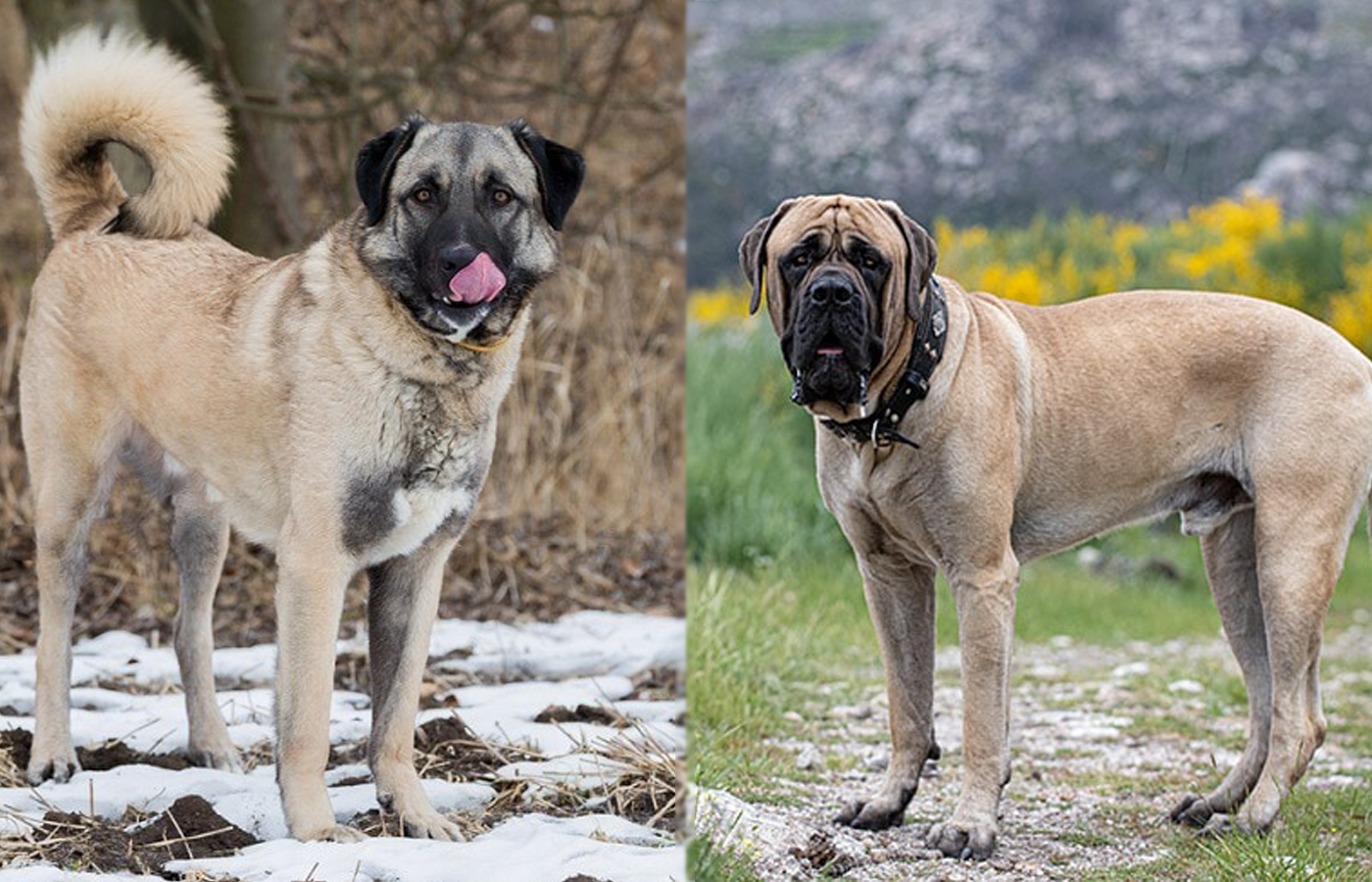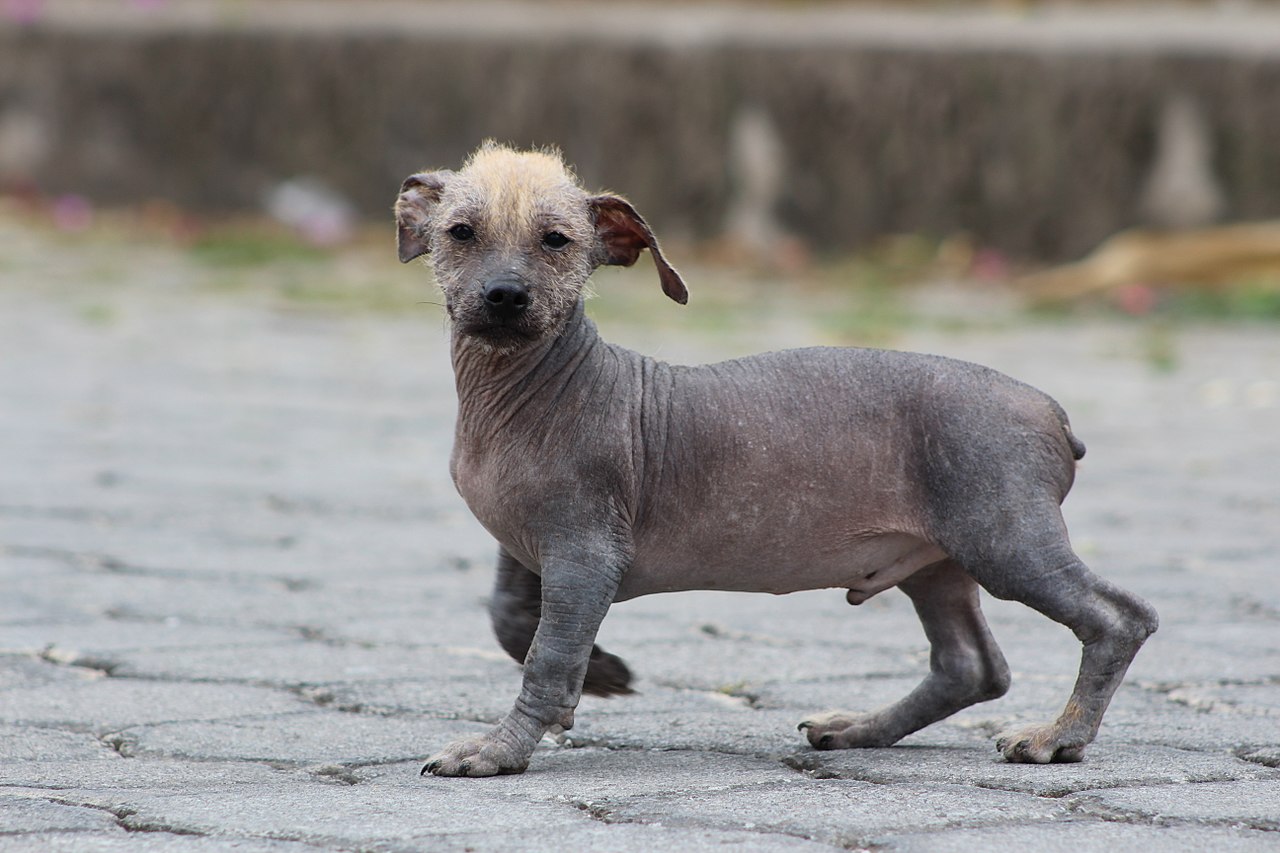Click to Skip Ahead
Vietnam is home to its fair share of native dogs, and the Lai Dog is one of them. With a unique appearance and hunting ancestry, the Lai Dog is sometimes confused for mammals like dingoes. They are, however, a real dog breed recognized by the AKC.
Let’s learn some more about this unique Vietnamese dog breed down below.
Breed Overview
Height:
53–64 inches
Weight:
40–90 pounds
Lifespan:
10–14 years
Colors:
Ginger, black, white, golden
Suitable for:
Active, adventurous families
Temperament:
Loyal, intelligent, affectionate
Lai dogs are a Vietnamese breed loosely related to other hunting dogs in the region, but with much more variation. They largely live in the mountainous regions of Vietnam, with domesticated specimens being rare.
Once regarded as a symbol of loyalty, the modern Lai dog is much different than its ancestors in appearance and temperament. They’re a great family dog, although nearly extinct but, hopefully, we’ll see some more in the future.
Lai Dog Breed Characteristics
The Earliest Records of Lai Dog in History
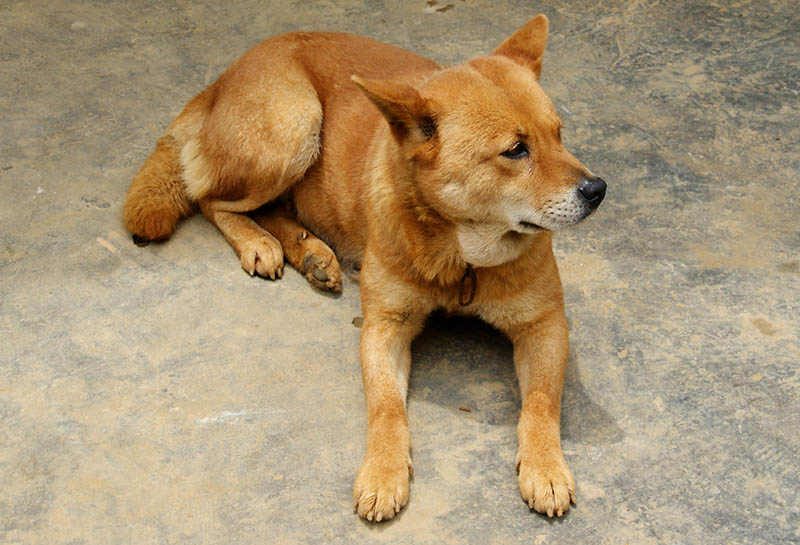
The Lai dog is one of four native Vietnamese dog breeds, with the others being the Hmong Dog, Bac Ha Dog, and the Phu Quoc Dog. The Lai dog specifically has been around for a long time—references to it are found as far back as 9th century China. They’re thought to descend from mastiffs and hunting dogs used by Chinese royalty, but records are spotty in that regard.
Most interestingly, ancient relics unearthed in east Asia seem to indicate the Dai Viet warrior order revered the Lai Dog as a symbol of loyalty1. As far as the breed’s lineage, Vietnamese folklore claims the Lai Dog was once bred with golden jackals. It’s hard to tell, though, whether they mean the actual Lai Dog or other mammals commonly called by that name.
How the Lai Dog Gained Popularity
Unlike other dog breeds, the Lai Dog is much less popular than it used to be. It’s unclear why it fell out of favor in Asia, but English traders took a liking to the breed and brought specimens back to western Europe in the 17th century.
Closer to a modern Lai Dog, these were bred for traits like loyalty and an affectionate nature rather than hunting instincts. In Vietnam, Lai Dogs are popular as farm dogs, where they do well as ratters and general watchdogs.
Today, the Lai Dog is considered endangered, and estimates suggest there are only a few hundred of the breed out there, although this isn’t confirmed. Conservation efforts to protect their native habitats are underway.
Formal Recognition of Lai Dog
The Lai Dog was first formally recognized by the American Kennel Club in the late 1800s, although it’s yet to be recognized by the organization’s Vietnamese counterpart. The breed is mainly used as a companion or watchdog due to its protective instinct and intense loyalty.
Top 4 Unique Facts About Lai Dog
1. Reliefs resembling the Lai Dog
Reliefs resembling the Lai Dog have been found on ancient relics like war drums and weapons in Vietnam.
2. The term “Lai Dog”
The term “Lai Dog” is sometimes used interchangeably to refer to dingoes and jackals in rural Vietnam.
3. The Lai Dog’s ancestors
The Lai Dog’s ancestors are thought to trace back two or three millennia.
4. There are significant conservation efforts
There are significant conservation efforts to help the breed survive and even flourish in the near future.
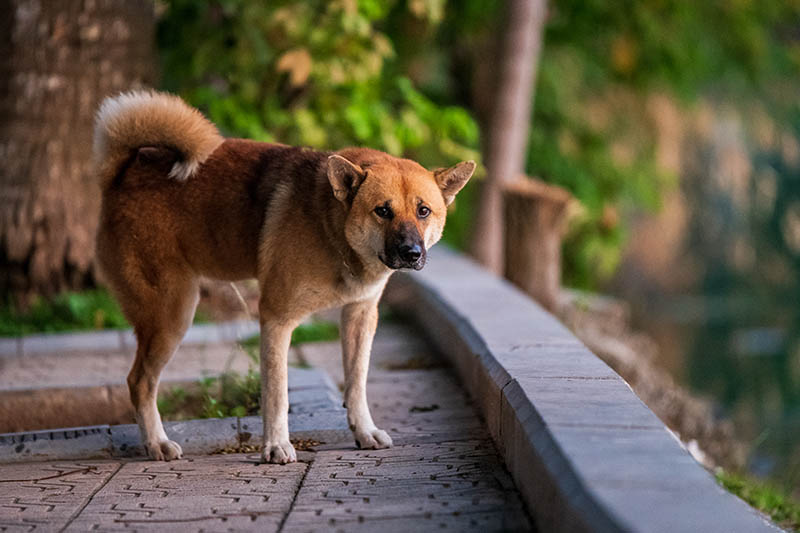
Does a Lai Dog Make a Good Pet?
They would make a good family dog if you could find one! The Lai Dog’s strong sense of loyalty and gentleness make them suitable for families with kids if properly socialized. They require lots of attention and an experienced owner because of their intelligence—they’ll run circles around a newbie dog owner.
The bad news is that there are just a few hundred Lai Dogs left in the whole world, most of them tucked away in mountainous Vietnam. Even if you wanted one, chances are you won’t be able to locate a Lai Dog for adoption.
Summing Up
The Lai Dog is a gorgeous animal that can trace its ancestry back further than many English noblemen. They make excellent family and watchdogs, but sadly, the breed is critically endangered. Perhaps one day soon the breed will make a glorious comeback.
See also: 4 Vietnamese Dog Breeds You’ve Got to See (With Pictures)
Featured Image Credit: HAI THANH DO, Shutterstock

